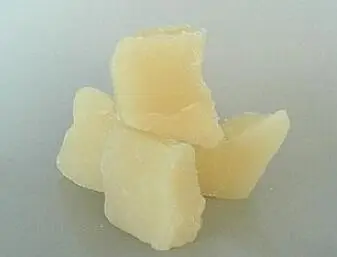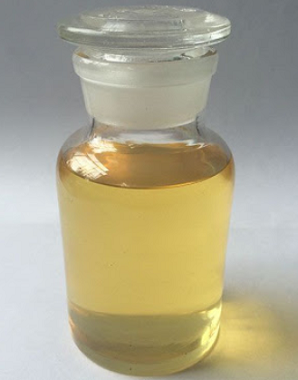**The Secret Sauce for Perfect Mixes: Getting Your Surfactant Ratio Just Right**
(How Much Surfactant Per Gallon)
Surfactants are like the quiet heroes of mixing. They make things blend smoothly, stick better, and work harder. But figuring out how much to use in a gallon of liquid can feel like solving a puzzle. Too little and your mix might not work. Too much and you could waste money or even cause problems. Let’s break it down without the jargon.
First off, surfactants do one big thing: they lower surface tension. Imagine water beading up on a waxed car. Add a surfactant, and those beads flatten out, letting the liquid spread evenly. This is why they’re in everything from weed killers to shampoo. But the “right amount” depends on what you’re doing.
For most home uses, a safe starting point is 0.5% to 2% surfactant per gallon. That means 0.6 ounces to 2.4 ounces in a gallon. Why such a range? It’s all about the job. Light tasks, like mixing a gentle cleaner, need less. Heavy-duty jobs, like tackling stubborn grime, need more. Think of it like seasoning food—a pinch of salt versus a heavy sprinkle.
But wait. Not all surfactants are the same. Some are strong, some are mild. Check the label. Nonionic surfactants, often used in gardening sprays, are popular because they play nice with other chemicals. If your surfactant bottle says “70% active ingredient,” that changes the math. For a 1% mix in a gallon, you’d use 1.8 ounces instead of 2.4 ounces. Confusing? A little. Important? Absolutely.
Water quality matters too. Hard water has minerals that can clash with surfactants. If your water is hard, you might need a bit more surfactant to get the same effect. Soft water? Stick to the lower end of the range. Test a small batch first. Mix a quart instead of a gallon. Spray it on a small area. See how it works. Adjust from there.
Let’s talk real-life examples. Say you’re making homemade weed killer. A common recipe uses vinegar, salt, and dish soap (the surfactant). For a gallon mix, 1-2 tablespoons of dish soap usually does the trick. Why? The soap helps the vinegar and salt stick to the weeds. Too little soap and the mix slides off. Too much and you’re left with a foamy mess that might harm nearby plants.
Cleaning your driveway? A power washer solution might need 2-4 ounces of surfactant per gallon to cut through oil stains. But always check the surfactant’s instructions. Some industrial-grade products are super concentrated. A little goes a long way.
Mixing for crop sprays? Farmers often use 1-2 quarts of surfactant per 100 gallons of spray. Scale that down, and it’s roughly 0.3-0.6 ounces per gallon. The goal here is coverage without clogging nozzles or damaging plants.
The golden rule: start low. You can always add more. Mix a small batch, test it, then tweak. Write down what works. Surfactants aren’t magic—they’re science. But getting the ratio right feels pretty magical when your mix works perfectly.
One last tip. If you’re using a pre-mixed product, follow the label. Companies spend a lot of time testing their formulas. Guessing can lead to sticky floors, unhappy plants, or wasted cash. When in doubt, a quick call to the manufacturer can save headaches.
And don’t forget safety. Surfactants are chemicals. Wear gloves. Keep them away from kids and pets. Even mild surfactants can irritate skin or eyes.
(How Much Surfactant Per Gallon)
Testing doesn’t have to be fancy. Grab a jar, add water, sprinkle in surfactant, and shake. See how it behaves. Does it foam too much? Does it blend smoothly? Adjust until it looks right. Your plants, floors, or tools will thank you.
Inquiry us
if you want to want to know more, please feel free to contact us. (nanotrun@yahoo.com)




